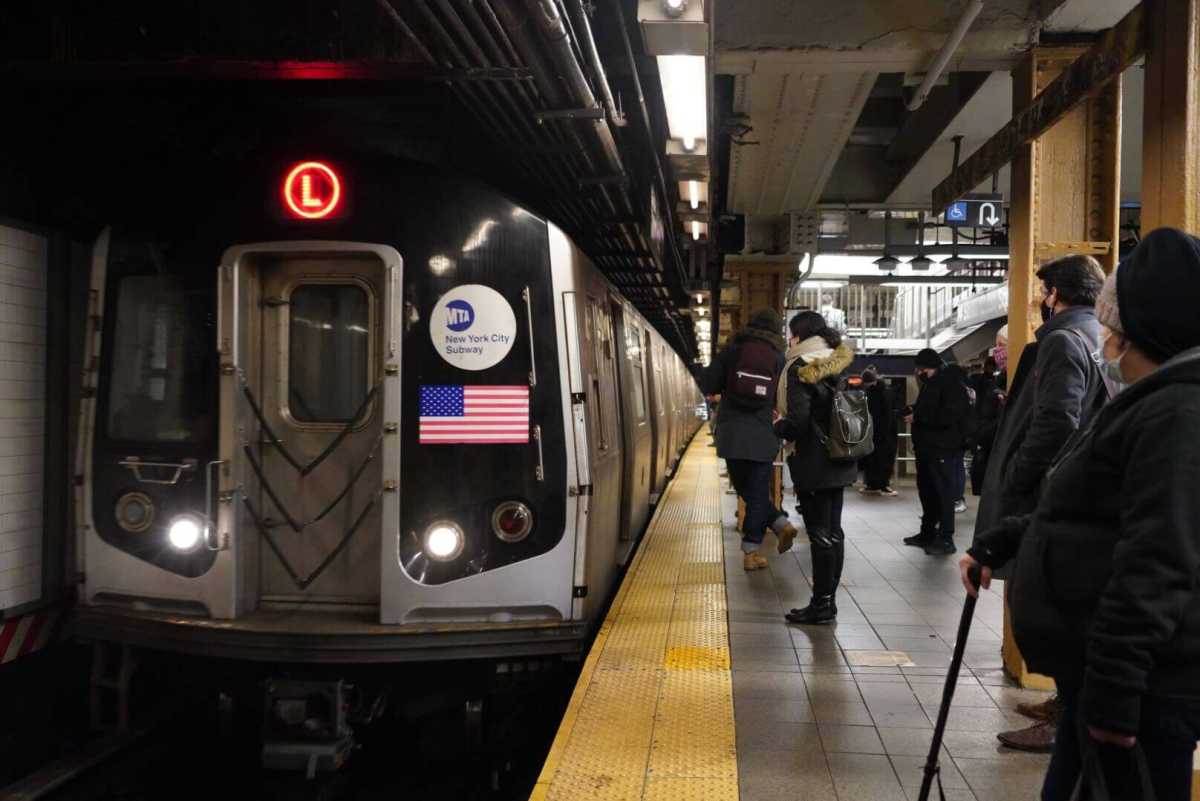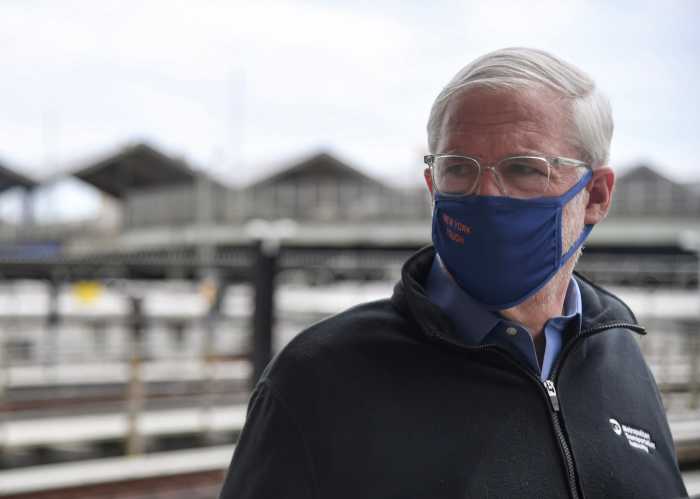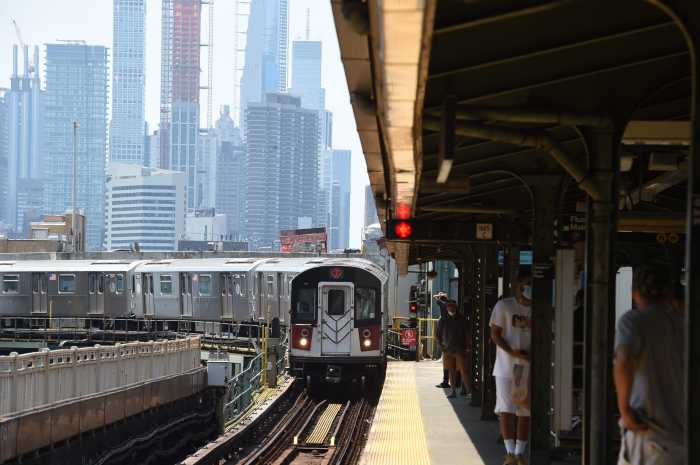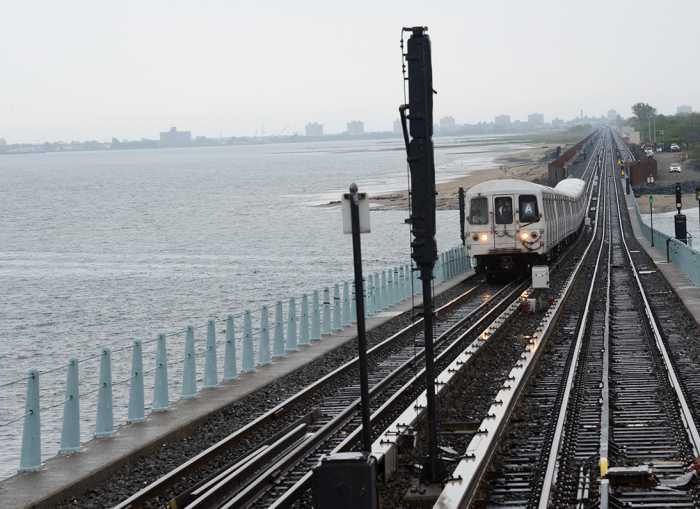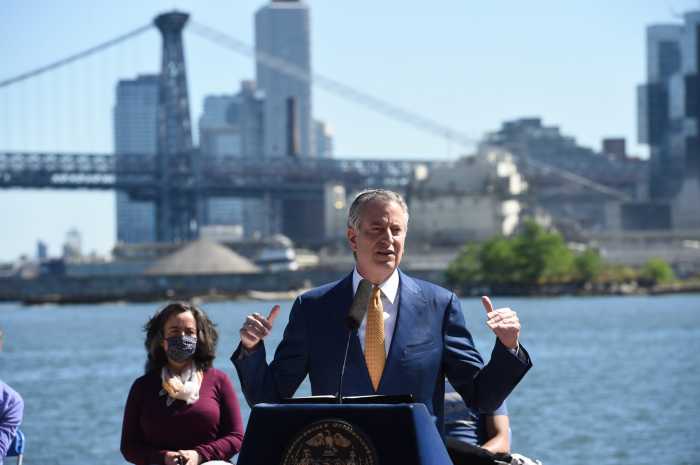New Yorkers are getting back on board the subway in a big way.
Ridership surpassed 2 million daily passengers on April 8, marking the highest number of commuters on the city’s public transit system since the beginning of the pandemic, the Metropolitan Transportation Authority’s subway chief announced Friday.
“It’s a new day for New York,” said interim President of New York City Transit Sarah Feinberg at the Fulton Center complex in the Financial District on April 9. “New Yorkers love a comeback and this will be the biggest one our city has ever seen. The subways and buses will be there to carry us forward every step of the way.”
MTA has come a long way since the darkest days of the pandemic when ridership dropped as low as 300,000 straphangers, according to Feinberg, down from almost 5.5 million average weekday riders in 2019.
Bus ridership has steadily returned as well, with 1,155,405 commuters on April 7, the highest amount since MTA resumed fair collection on that mode of transit in September, said MTA’s head of buses Craig Cipriano.
“It’s clear that New Yorkers are voting with their feet, with their MetroCards and their OMNY taps,” Cipriano said.
In 2019, average weekday ridership for buses was 2,158,469 passengers, according to MTA figures.
The mass transit rebound has happened faster in boroughs outside of Manhattan, according to a March report by state Comptroller Thomas DiNapoli, especially among riders who work in lower-wage and public-facing jobs, from healthcare to retail.
The subways still close to riders from 2 am-4 am every night when MTA contractor crews scrub down the trains to disinfect the system, and Feinberg said the nightly closures will continue despite a recent report by the Centers for Disease Control and Prevention confirming that the risk of Covid infection from contaminated surface is low compared to the higher likelihood of contracting the respiratory disease through droplets in the air.
“We’re still digesting that guidance and we’re going to ask the CDC and our other federal partners including the [Federal Transit Administration] to weigh in and to give us guidance on exactly how they want us to move forward from here,” the transit guru said. “But my read of the CDC guidance was in fact that we need to continue to clean and disinfect if anyone in the area has potentially been exposed to the virus in the last 24 hours. So it’s not as clear cut as I would like, but we’re going to go to our federal partners and get better guidance, get more clear-cut guidance.”



